Exciting news about Nightingales
Above: the second British-ringed Nightingale caught in The Gambia.
We have learned so much about Nightingales! Up until recently, the only British-ringed Nightingale to be reported in Africa had only made it as far as Morocco. Support by volunteer ringers for a project in The Gambia has changed all that, with the capture of two birds wearing rings that had been put on in East Anglia. This is an exciting bonus for BTO scientists, who have been using new technologies to look at the reasons for the decline of this iconic species.
The Kartong Bird Observatory, in The Gambia operating under the BTO Ringing Scheme with permission from the Gambian Wildlife and Parks Dept., have now caught nine individual Nightingales over five trips since November 2010. Amazingly, two of the birds were already wearing BTO rings that had been put on in England. The first one was caught by the Kartong Bird Observatory team led by Jez Blackburn, in December 2011, having been ringed as a first year bird in Suffolk in June 2011. On a ringing trip, last month, (nearly one year later to the day and in a net in exactly the same spot), Jez Blackburn and his wife Laura caught a second bird, this time one that had been ringed in Essex in July 2011.
On average, between 150 and 250 Nightingales are ringed in Britain each year, with a total of just over 12,000 ringed since 1909. Before the two Gambian recoveries, only 10 BTO ringed Nightingales had been reported overseas. The only one reported from outside Europe was a bird found dead in Morocco in April 1975, on its way back to England. See here for ringing recoveries.
The area of the Kartong Bird Observatory is thick acacia scrub, which is ideal habitat for Nightingales. Ringing has only taken place in about 10% of the available habitat and many more Nightingales have been heard singing in other areas by the resident BTO ringer and Observatory Warden, Colin Cross. Hopefully the next group ringing expedition in February 2013 will catch both ‘new’ and already ringed birds - and maybe even the third British-ringed Nightingale for Africa.
Interestingly, these Gambian birds may still have been on their way south when caught in The Gambia, especially if the only bird that we have been able to track is typical. A bird caught in Norfolk in 2009 and re-caught in 2010 was able to divulge is movements thanks to the geolocator it carried on its back for the journey. This individual spent a month somwhere in Senegambia, quite possibly in the Gambia itself, from mid-November to mid-December, before moving south-east to Guinea.
The Nightingale geolocator project revealed one bird's journey above
Research into Nightingales is high up the BTO agenda at the moment because of the continuing decline in their numbers. BTO scientists and volunteers are involved in a number of projects to try to understand the problems the species is facing. We already know that deer numbers and other habitat issues may be affecting the species but there are probably extra threats whilst on migration and when in Africa.
Tracking more English birds
Additional geolocators were added to birds in Kent and Norfolk in the summer of 2012, thanks to funding from Anglian Water, The Forestry Commission and the BTO’s Nightingale Appeal. We are hoping to catch as many of these birds as possible in May and have our fingers crossed that they will reveal more about the journeys that these Robin-sized birds undertake.
Tracking birds from Ghana
Mark Hulme and two volunteers will be travelling to Ghana very shortly to try to re-catch Nightingales to which Chris Hewson and colleagues added geolocators twelve months ago. Having found a natural hot-spot for these birds in the southern part of the country, it seemed worth seeing whether these birds might be ones that visit England. Even if they are not, the information that we collect will help to establish more about the complex migratory routes between Europe and Africa. This work is in collaboration with RSPB and Ghana Wildlife Service.
Getting to grips with numbers
The BTO organises periodic surveys of Nightingales, with the help of hundreds of volunteers. A survey in 2012 was designed to provide the latest population update but, thanks to the awful summer weather, the survey will need to be partially repeated this summer. Read more about Nightingales here.
Related links
Kartong Bird Observatory Facebook page http://www.facebook.com/pages/Kartong-Bird-Observatory/281470088535159
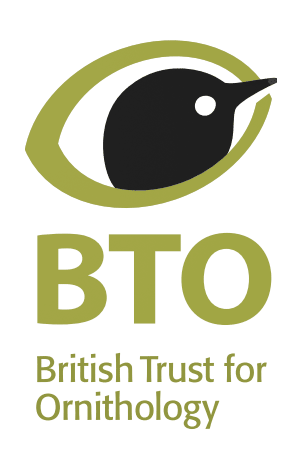

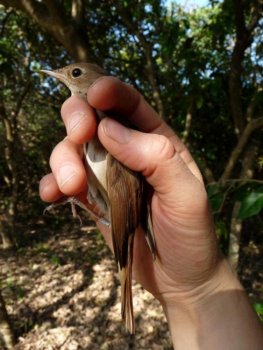
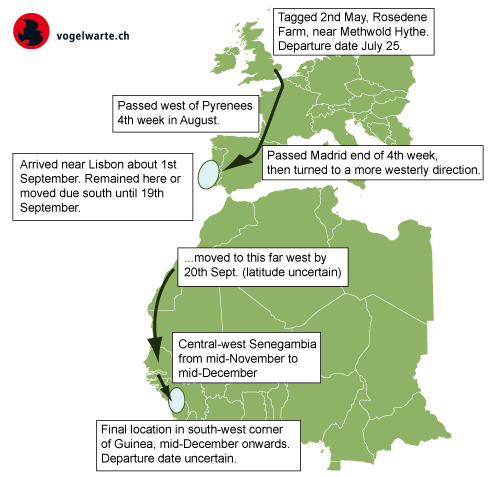
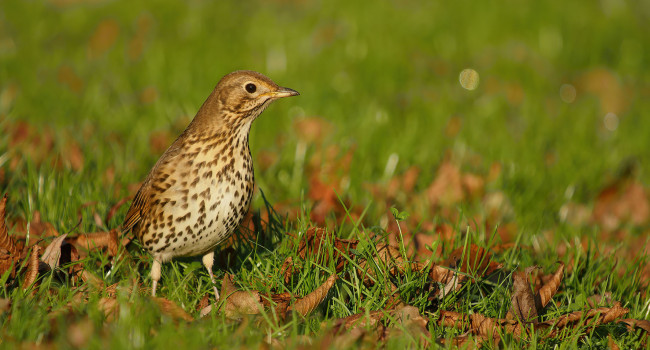
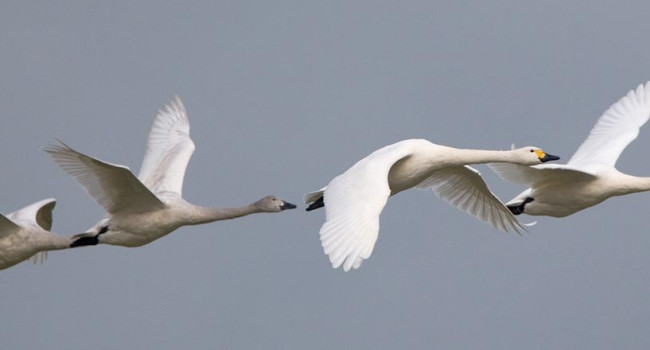
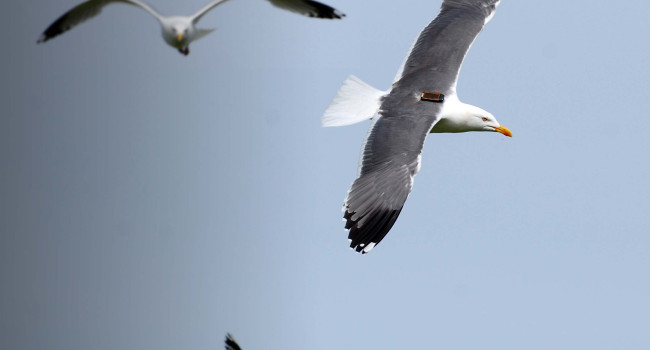

Share this page